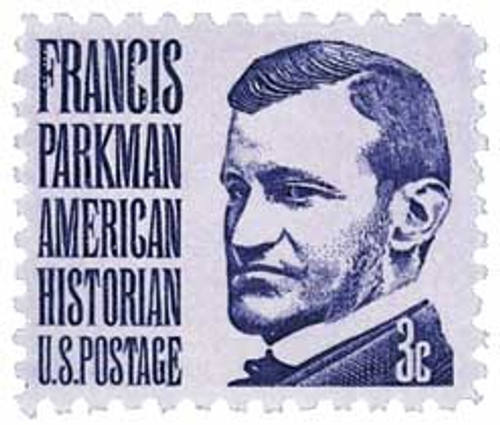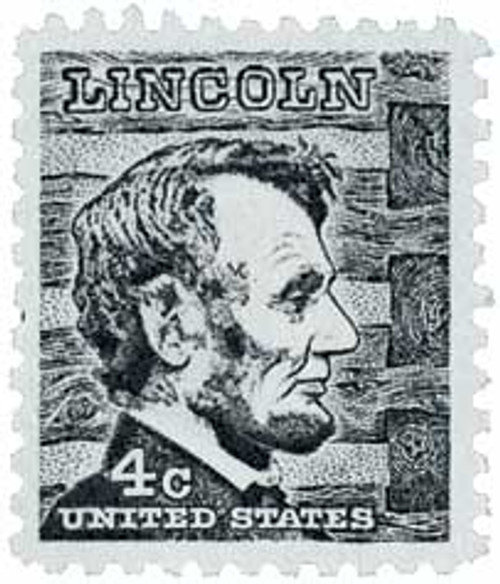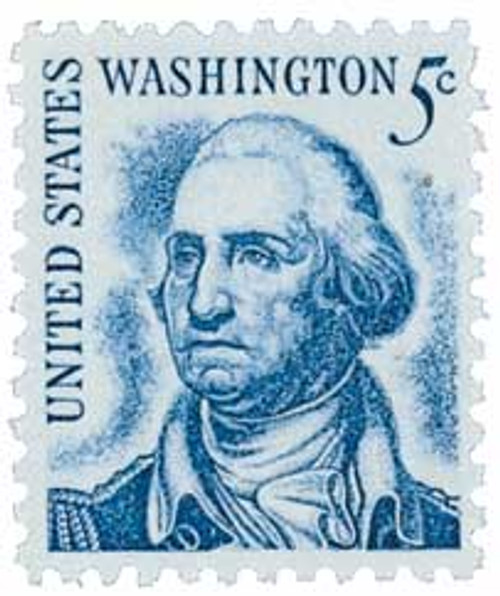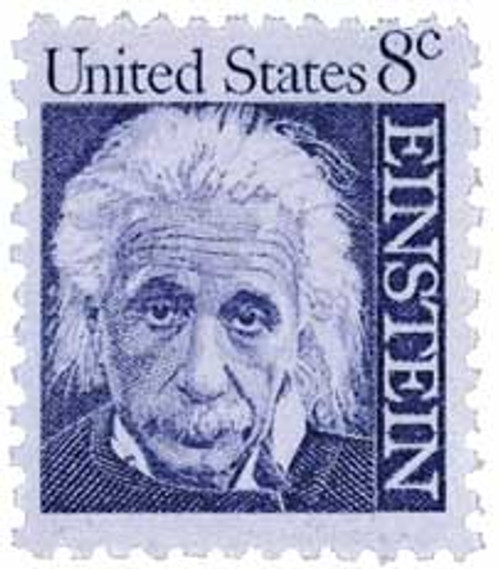
# 1298 FDC - 1967 6c Prominent Americans: Franklin D. Roosevelt, perf 10 horizontal
Â
6¢ Franklin D. Roosevelt
Prominent Americans Series Coil
City: Washington, DC
Printed By: Bureau of Engraving and Printing
Printing Method: Rotary Press
Perforation: 10 horizontally
Color: Gray brown
Grand Teton National Park Established
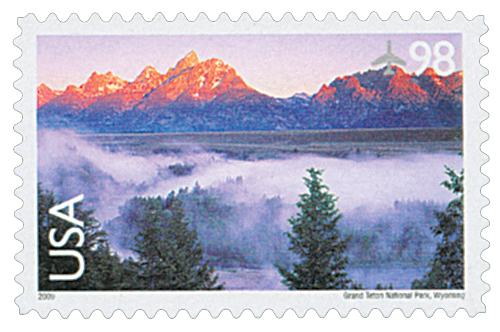
On February 26, 1929, President Calvin Coolidge signed legislation creating Wyoming’s Grand Teton National Park.
Evidence of Native Americans in this area of northwestern Wyoming dates back 11,000 years, when migratory hunter-gatherers spent their summers at Jackson Hole. By the early 1800s, Eastern Shoshone tribes were living in the mountains and were known as “Sheep-eaters†or Tukudika, for their dependence on bighorn sheep.
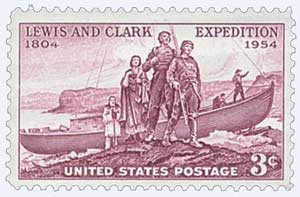
During their great expedition of 1804 to 1806 Lewis and Clark didn’t pass through the Grand Tetons. But a member of their party, John Colter did a few years later when he was hired to lead fur trappers around the Yellowstone River. He’s considered to be the first Caucasians to see the Teton Range.
American, British, and French explorers and fur traders frequented the area for several years. It’s believed that either a French speaking Iroquois or a French Canadian trapper may have named the Tetons around 1818 or 1819. While earlier visitors had called the range the Pilot Knobs, it was one of these French-speaking explorers that called it les trois tétons (the three breasts), which eventually became the Tetons.

By the mid-1800s, beavers were scarce in the Tetons due to over trapping. So there was little human activity for several years aside from a few small Native American tribes that lived there. Then in 1859, the U.S. government sent its first official expedition to the Tetons led by William F. Raynolds and guided by Jim Bridger. After the Civil War, another expedition came to the Tetons – the Hayden Geological Survey of 1871 – that resulted in the first photos of the Tetons and the naming of many of the area’s mountains and lakes.
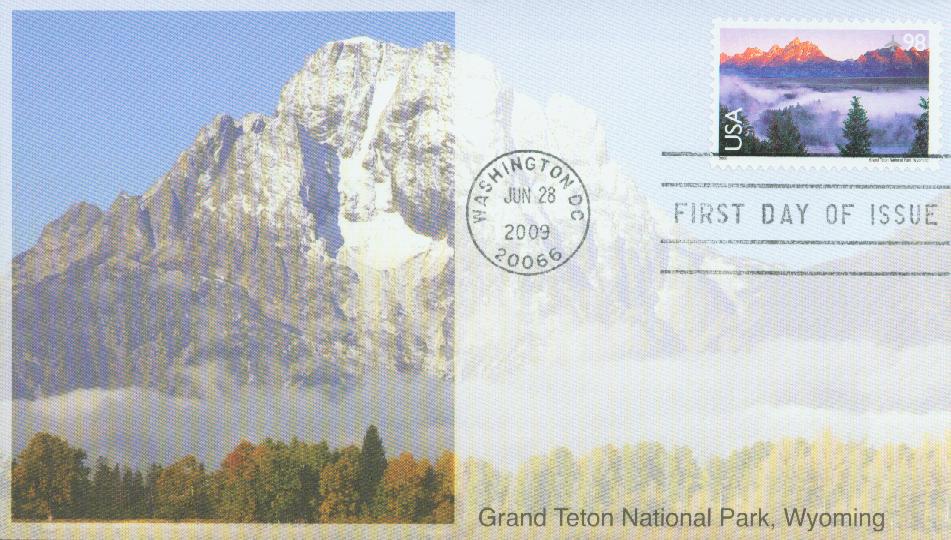
In the second half of the 1800s, some attempted to make fortunes in the Tetons, but most failed. There were no major minerals to mine and the land wasn’t particularly suitable to farming. The greatest success could be found in growing hay and raising cattle. By the 1920s, automobiles brought visitors in search of natural beauty to the Tetons. To capitalize on this increased tourism, dude ranches were opened to give visitors a chance to experience the life of a cattleman.
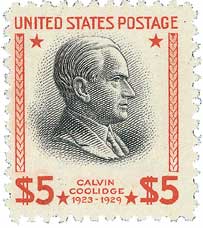
Dating back to the late 1800s, some conservationists wanted to expand the boundaries of Yellowstone National Park to include the Teton Range. However, the residents of Jackson Hole opposed this idea, but supported creating a new park for the Tetons and six lakes. Congress eventually approved the idea and President Coolidge signed legislation creating the park on February 26, 1929.
Around this same time, John D. Rockefeller, Jr. frequently visited the Tetons and grew concerned over the possibility of commercial exploitation of the nearby Jackson Hole area. So he began purchasing tracts of land there through the Snake River Land Company with the ultimate goal of eventually giving the land to the National Park Service. Learning of his plans, the locals strongly opposed him and took the matter to Congress.
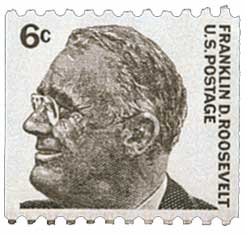
By the 1940s, Rockefeller was concerned his property wouldn’t ever be added to the park and told the Secretary of the Interior that he might sell it to someone else. The secretary then suggested to President Franklin Roosevelt that he set the land aside as a National Monument (which didn’t require Congressional approval). So in 1943, Roosevelt created the 221,000-acre Jackson Hole National Monument.
Local ranchers feared the monument would ruin their way of life. One rancher claimed, “It may be a monument to Ickes [Interior Secretary Harold Ickes], but it’s a tombstone to me.†In response, the ranchers arranged a 500-cattle drive across the parkland. The debate continued for several years with Wyoming’s senators attempting to repeal the monument, but always getting vetoed. Eventually they reached an agreement – the monument would be added to the park, but the ranchers would get to keep their grazing rights.  Additionally, Wyoming would be exempt from the Antiquities Act, so new national monuments would need to be approved by Congress. The land was added to the park in 1950. The John D. Rockefeller, Jr. Memorial Parkway was later established between Grand Teton and Yellowstone National Parks to honor his role in the park’s creation and expansion.
Click here for lots of landscape, wildlife, historic, and other photos from Grand Teton.
Â
Â
6¢ Franklin D. Roosevelt
Prominent Americans Series Coil
City: Washington, DC
Printed By: Bureau of Engraving and Printing
Printing Method: Rotary Press
Perforation: 10 horizontally
Color: Gray brown
Grand Teton National Park Established

On February 26, 1929, President Calvin Coolidge signed legislation creating Wyoming’s Grand Teton National Park.
Evidence of Native Americans in this area of northwestern Wyoming dates back 11,000 years, when migratory hunter-gatherers spent their summers at Jackson Hole. By the early 1800s, Eastern Shoshone tribes were living in the mountains and were known as “Sheep-eaters†or Tukudika, for their dependence on bighorn sheep.

During their great expedition of 1804 to 1806 Lewis and Clark didn’t pass through the Grand Tetons. But a member of their party, John Colter did a few years later when he was hired to lead fur trappers around the Yellowstone River. He’s considered to be the first Caucasians to see the Teton Range.
American, British, and French explorers and fur traders frequented the area for several years. It’s believed that either a French speaking Iroquois or a French Canadian trapper may have named the Tetons around 1818 or 1819. While earlier visitors had called the range the Pilot Knobs, it was one of these French-speaking explorers that called it les trois tétons (the three breasts), which eventually became the Tetons.

By the mid-1800s, beavers were scarce in the Tetons due to over trapping. So there was little human activity for several years aside from a few small Native American tribes that lived there. Then in 1859, the U.S. government sent its first official expedition to the Tetons led by William F. Raynolds and guided by Jim Bridger. After the Civil War, another expedition came to the Tetons – the Hayden Geological Survey of 1871 – that resulted in the first photos of the Tetons and the naming of many of the area’s mountains and lakes.

In the second half of the 1800s, some attempted to make fortunes in the Tetons, but most failed. There were no major minerals to mine and the land wasn’t particularly suitable to farming. The greatest success could be found in growing hay and raising cattle. By the 1920s, automobiles brought visitors in search of natural beauty to the Tetons. To capitalize on this increased tourism, dude ranches were opened to give visitors a chance to experience the life of a cattleman.

Dating back to the late 1800s, some conservationists wanted to expand the boundaries of Yellowstone National Park to include the Teton Range. However, the residents of Jackson Hole opposed this idea, but supported creating a new park for the Tetons and six lakes. Congress eventually approved the idea and President Coolidge signed legislation creating the park on February 26, 1929.
Around this same time, John D. Rockefeller, Jr. frequently visited the Tetons and grew concerned over the possibility of commercial exploitation of the nearby Jackson Hole area. So he began purchasing tracts of land there through the Snake River Land Company with the ultimate goal of eventually giving the land to the National Park Service. Learning of his plans, the locals strongly opposed him and took the matter to Congress.

By the 1940s, Rockefeller was concerned his property wouldn’t ever be added to the park and told the Secretary of the Interior that he might sell it to someone else. The secretary then suggested to President Franklin Roosevelt that he set the land aside as a National Monument (which didn’t require Congressional approval). So in 1943, Roosevelt created the 221,000-acre Jackson Hole National Monument.
Local ranchers feared the monument would ruin their way of life. One rancher claimed, “It may be a monument to Ickes [Interior Secretary Harold Ickes], but it’s a tombstone to me.†In response, the ranchers arranged a 500-cattle drive across the parkland. The debate continued for several years with Wyoming’s senators attempting to repeal the monument, but always getting vetoed. Eventually they reached an agreement – the monument would be added to the park, but the ranchers would get to keep their grazing rights.  Additionally, Wyoming would be exempt from the Antiquities Act, so new national monuments would need to be approved by Congress. The land was added to the park in 1950. The John D. Rockefeller, Jr. Memorial Parkway was later established between Grand Teton and Yellowstone National Parks to honor his role in the park’s creation and expansion.
Click here for lots of landscape, wildlife, historic, and other photos from Grand Teton.
Â







